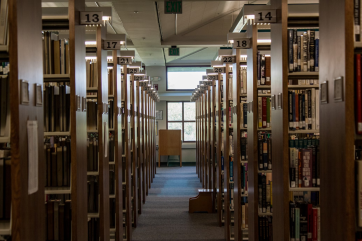A University of Strathclyde academic has developed a system for using sound waves to spot potentially dangerous cracks in pipes, aircraft engines and nuclear power plants.
A previous study found that transmitting different types of sound waves can help to detect structural defects more easily. This is achieved by varying the duration and frequency of the waves and using the results to recreate an image of the component's interior.
The system is a model for a form of non-destructive testing (NDT), which uses high-frequency mechanical waves to inspect structure parts, and ensure they operate reliably, without compromising their integrity. It will be developed further and could potentially also have applications in medical imaging and seismology.
"Welds are vitally important in 'safety critical' structures, like nuclear power plants, aeroplane engines and pipelines, where flaws can put lives at risk. However, as with any type of bond, they constitute the weak part of the structure. Katherine Tant, who led the study, said in a statement. "One particular type of weld, made of austenitic steel, is notoriously difficult to inspect. We were able to devise solutions involving the use of 'chirps' - coded signals with multiple frequencies which vary in time."
Tant added that the type of flaw identified depends on the method used.
"An analogy would be the type of echoes produced by clapping loudly in a cave -- a single clap may allow you to judge the depth of the cave while a round of applause will give rise to a range of echoes, perhaps allowing you to locate boulders," she added.
The findings are detailed in the journal Proceedings of the Royal Society A.








